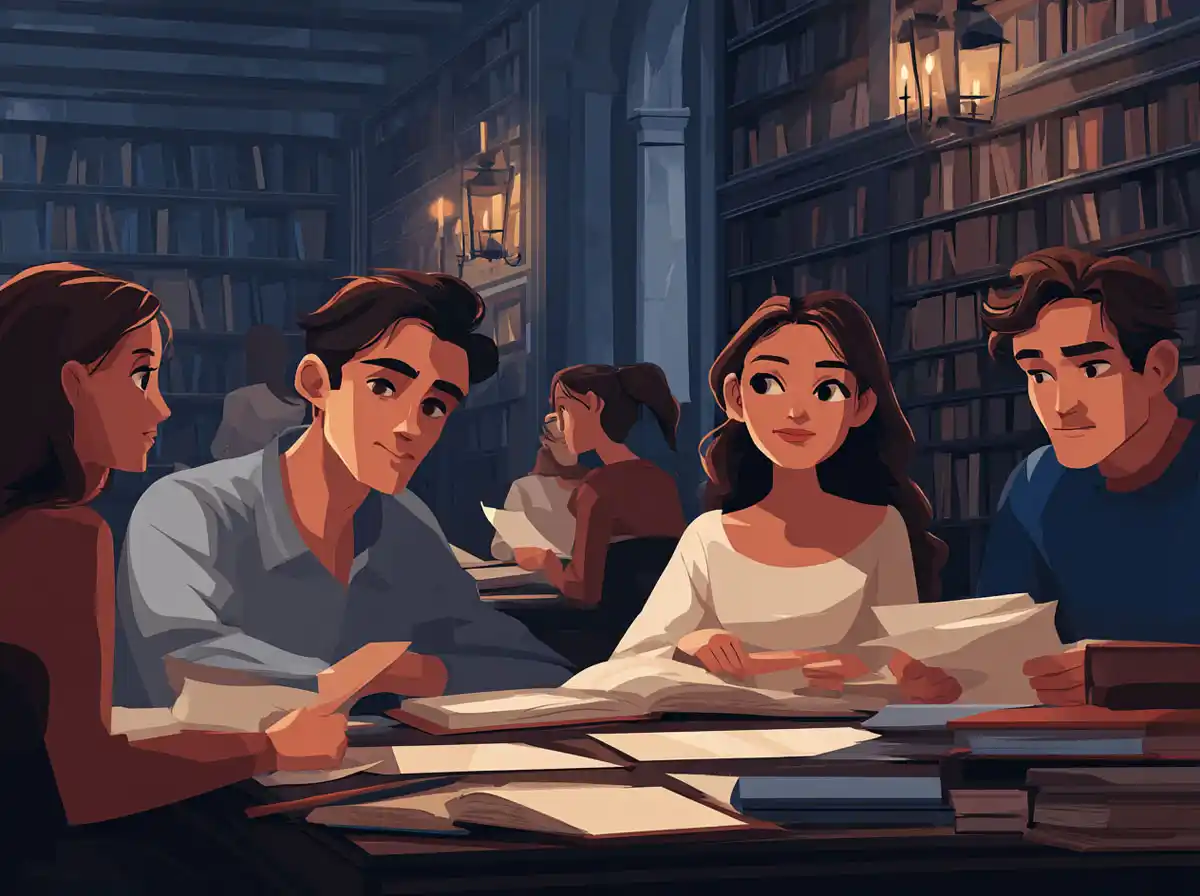The Basics: Llun and Ffotograff
To start, let’s define both words.
llun – This Welsh word can be translated to “picture” in English. It is a more general term and can refer to any kind of visual representation, whether drawn, painted, or even a mental image.
Mae gen i llun o’r teulu yn yr ystafell fyw.
Translation: I have a picture of the family in the living room.
ffotograff – This word specifically means “photograph.” It refers to a visual image captured by a camera, whether digital or analog.
Mae’r ffotograff hwn wedi’i dynnu mewn lliw.
Translation: This photograph was taken in color.
Context and Usage
Understanding when to use **llun** and **ffotograff** is crucial for effective communication. The word **llun** is versatile and can be used in various contexts beyond just photography. On the other hand, **ffotograff** is more specialized and is only used when referring to images produced by a camera.
Common Phrases with Llun
llunio – To draw or to depict. This verb is derived from **llun** and indicates the act of creating a picture.
Mae hi’n hoffi llunio anifeiliaid.
Translation: She likes to draw animals.
lluniau – Plural form of **llun**. This word means “pictures” and can refer to multiple visual representations.
Mae gennyf lawer o lluniau yn fy albwm.
Translation: I have many pictures in my album.
llun gwib – Snapshot. This phrase combines **llun** and **gwib** (quick) to mean a quick or spontaneous picture.
Cymerais llun gwib o’r olygfa prydferth.
Translation: I took a snapshot of the beautiful view.
Common Phrases with Ffotograff
ffotograffiaeth – Photography. This noun refers to the art or practice of taking and processing photographs.
Mae hi’n astudio ffotograffiaeth ym mhrifysgol.
Translation: She is studying photography at university.
ffotograffydd – Photographer. This word is used to describe someone who takes photographs professionally or as a hobby.
Mae’r ffotograffydd yn gweithio ar brosiect newydd.
Translation: The photographer is working on a new project.
ffotograff digidol – Digital photograph. This term specifies that the photograph is in a digital format.
Anfonodd y ffotograff digidol trwy e-bost.
Translation: He sent the digital photograph via email.
Nuances and Cultural Context
In Welsh culture, the distinction between **llun** and **ffotograff** can also carry cultural nuances. For instance, traditional Welsh art often includes **lluniau** that are drawn or painted, reflecting the country’s rich artistic heritage. Meanwhile, **ffotograffau** are more contemporary and relate to modern technology and media.
Artistic and Traditional Lluniau
llunio traddodiadol – Traditional drawing. This phrase refers to the traditional methods of creating pictures, such as sketching or painting.
Mae ganddo ddiddordeb mewn llunio traddodiadol.
Translation: He is interested in traditional drawing.
arlunio – Painting. This word is another form of creating **lluniau** and involves the use of paint.
Mae hi’n mynychu dosbarthiadau arlunio bob penwythnos.
Translation: She attends painting classes every weekend.
Modern and Technological Ffotograffau
ffotograff digidol – Digital photograph. As previously mentioned, this term emphasizes the modern, technological aspect of photography.
Mae’r ffotograff digidol yn dangos manylion trawiadol.
Translation: The digital photograph shows impressive details.
ffotograff papur – Paper photograph. This term is used to differentiate between digital and printed photos.
Mae hi’n cadw ei ffotograffau papur mewn albwm.
Translation: She keeps her paper photographs in an album.
Learning and Practicing Usage
To solidify your understanding of **llun** and **ffotograff**, it’s essential to practice using these words in different contexts. Here are some exercises and tips to help you master these terms.
Exercises
1. **Vocabulary Matching**: Create a list of Welsh sentences using **llun** and **ffotograff**, and match them with their English translations.
2. **Sentence Creation**: Write ten sentences in Welsh using **llun** and **ffotograff**. Make sure to include different forms and phrases.
3. **Photo Description**: Find a photo or picture and describe it in Welsh. Decide whether to use **llun** or **ffotograff** based on the context.
Tips
1. **Immersion**: Surround yourself with Welsh media, such as books, films, and art. Pay attention to how **llun** and **ffotograff** are used.
2. **Flashcards**: Create flashcards with the vocabulary words and their definitions. Include example sentences to reinforce learning.
3. **Language Exchange**: Practice speaking with a native Welsh speaker. Use **llun** and **ffotograff** in conversation to get real-time feedback.
Conclusion
Understanding the difference between **llun** and **ffotograff** is crucial for anyone learning Welsh. These words, while similar, have distinct meanings and usages that can enrich your communication skills. By practicing and immersing yourself in the language, you’ll be able to use these terms confidently and accurately. Remember, language learning is a journey, and each word you master brings you closer to fluency. So, keep practicing, and enjoy the beautiful nuances of the Welsh language!










